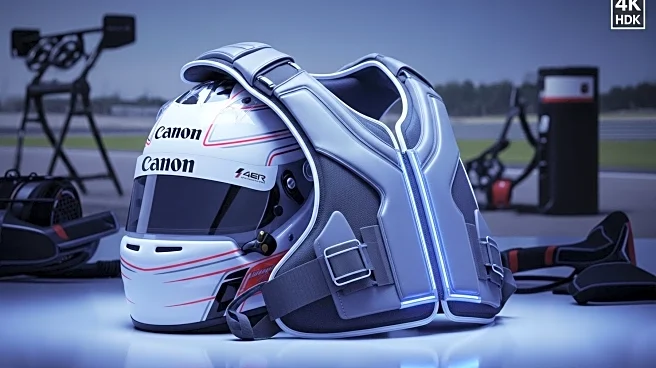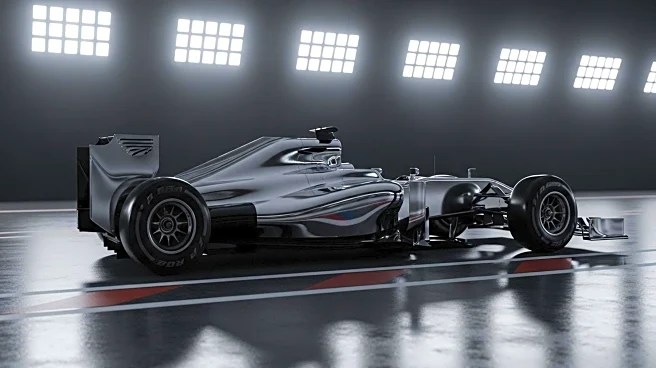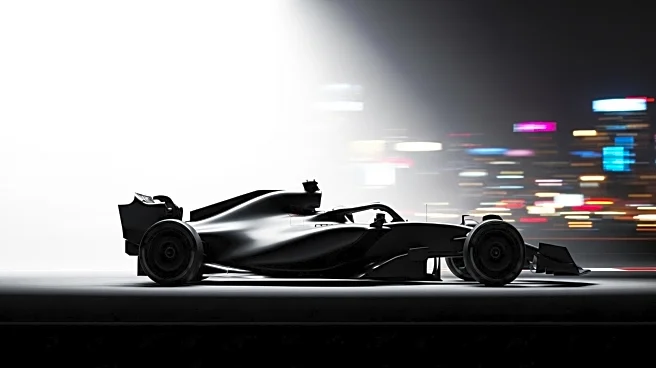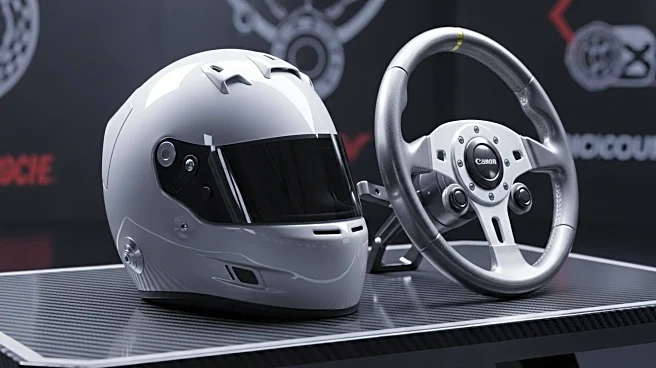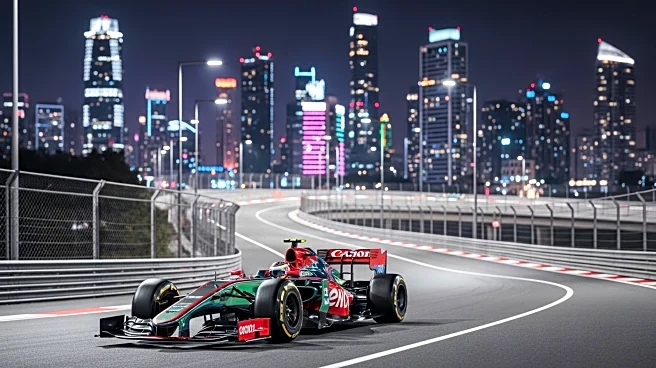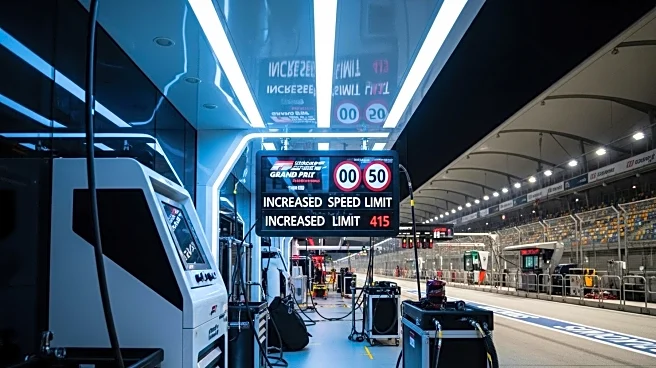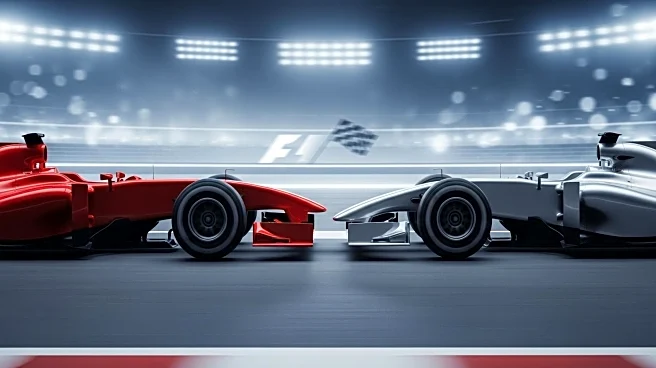What's Happening?
The Singapore Grand Prix has been classified as a 'heat hazard' by the FIA, necessitating the use of cooling equipment in Formula 1 cars. This decision, made by race director Rui Marques, comes as temperatures are expected to exceed 31 degrees Celsius during the race weekend. The new 2025 regulations require cars to be equipped with cooling vests that circulate fluid through a network of tubes, although drivers are not obligated to wear them. The rule aims to address the extreme heat and humidity challenges of the Singapore street circuit, which remains a tough environment for drivers despite the race being held at night. Mercedes driver George Russell, who has previously used the cooling system, noted the discomfort it can cause during high-speed maneuvers. Ferrari's Charles Leclerc is undecided about using the vest, citing similar conditions to last year's race.
Why It's Important?
The introduction of mandatory cooling equipment highlights the increasing focus on driver safety in extreme conditions. The Singapore GP's classification as a heat hazard underscores the physical demands placed on drivers, potentially influencing race strategies and car setups. This development could lead to broader adoption of cooling technologies in other hot-weather races, enhancing driver performance and safety. The decision also reflects the FIA's proactive approach following incidents like the 2023 Qatar Grand Prix, where drivers required medical attention due to heat-related issues. Teams and drivers must now adapt to these regulations, balancing the benefits of cooling systems against potential discomfort and weight considerations.
What's Next?
As the Singapore GP approaches, teams will evaluate the effectiveness of the cooling vests during practice sessions. Drivers will decide whether to utilize the vests based on personal comfort and performance assessments. The FIA's decision may prompt further innovations in cooling technology, potentially influencing future regulations for other hot-weather races. Stakeholders, including teams and sponsors, will monitor the impact of these changes on race outcomes and driver health. The broader motorsport community may also consider similar measures to enhance safety in extreme conditions.



